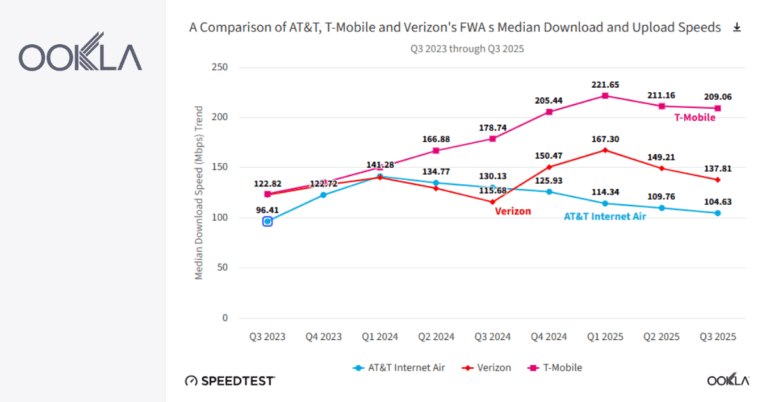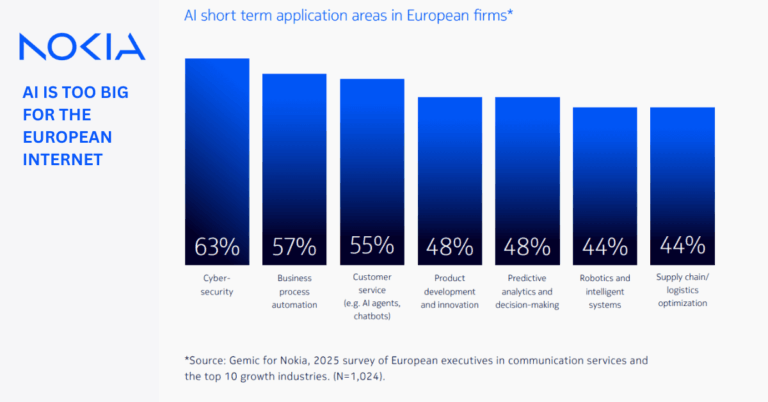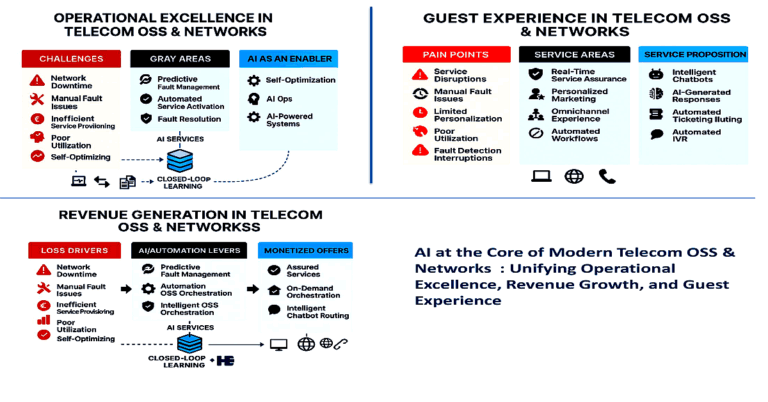Millimeter Wave band auction for Fixed Wireless Access
The Department of Telecommunications (DoT) plans to auction 5,500 MHz of 5G spectrum in the millimeter wave band, valued at over Rs 35,000 crore. DoT has established an internal group to develop a plan for including 37.0-42.5 GHz as international mobile telecommunications (IMT) bands, allowing telecom businesses to utilize the spectrum for providing 5G fixed wireless access services. After the DoT submits its proposal for the 37.0–42.5 GHz band to a committee of secretaries, the band will be formally announced as IMT, and will then be available for auction.
Millimeter Spectrum Base Rate May Exceed Rs 7 Crore/MHz
Bharti-Airtel, Jio, Vodafone Idea, Adani Group, Bharti-Airtel backed OneWeb (to be acquired by Eutelsat) and Reliance Jio’s join venture with SES can purchase the millimeter wave spectrum. According to a DoT, satellite players and telecom carriers should coexist in this band because the spectrum has number of applicability.
The DoT would approach the Telecom Regulatory Authority of India (TRAI) to propose the base price for the airwaves as well as other sale-related parameters after the committee of secretaries grants its approval. Experts predicted that the base cost for the 37.0-42.5 GHz bands might be in a similar ballpark, given that the sectoral regulator had suggested pan-India pricing of Rs 6.99 crore per MHz for the 24.5-28.5 GHz band for the 2022 auction. Given that DoT wants to make this band available to both satcom and telecom players, it might even be a little higher.
The spectrum in these bands is currently being used by various satellite players for their earth stations. DoT believes that since just a small portion of the band is required for earth stations, satellite and telecom providers can coexist there. In fact, a DoT official claimed that despite the fact that numerous nations, including the US, had already auctioned off these bands for 5G, India had been slow to announce them as IMT.
The 37.0-43.5 GHz range was approved as an extra band for IMT services during the 2019 World Radiocommunication Conference of the International Telecommunication Union. According to experts, this spectrum can potentially be used for private networks in addition to mobile and satellite services.







































